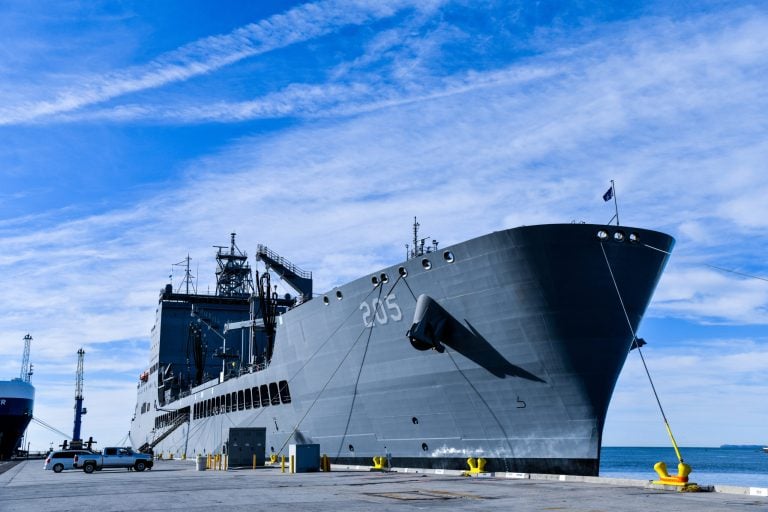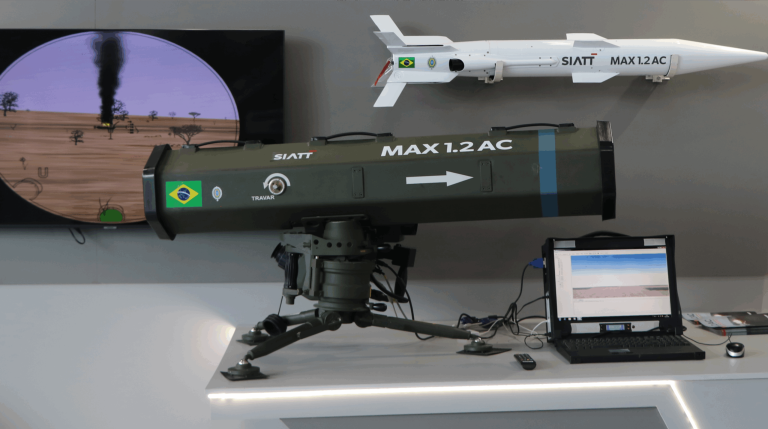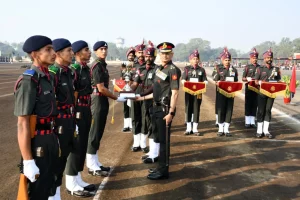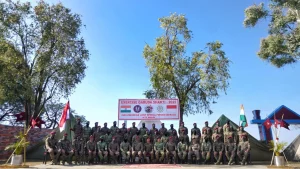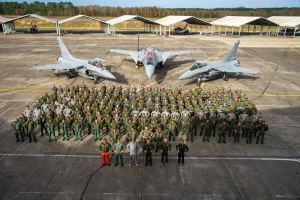In a significant move to enhance capabilities in the maritime multi-mission aircraft sector, Leonardo and Bombardier Defense have entered into a memorandum of understanding (MoU). This non-exclusive partnership aims to explore strategic opportunities by investigating how Leonardo’s advanced airborne solutions can be integrated into Bombardier’s Global 6500 twin-engine aircraft.
The collaboration is positioned to address the increasing demand in the maritime sector, focusing on fulfilling complex operational requirements through innovative modifications to the Global 6500 jet. The partnership will leverage Leonardo’s Airborne Tactical Observation System (ATOS), a cutting-edge avionics technology tailored for a diverse range of intelligence, surveillance, and reconnaissance missions.
ATOS is versatile, capable of being fitted onto various platforms, including fixed-wing and rotary-wing aircraft, as well as unmanned aerial vehicles. It is designed to gather and streamline real-time data from an array of sensors, electro-optical cameras, acoustic systems, and various other mission tools, making it an essential component for modern military and surveillance operations. Currently, ATOS has been deployed in ten different aircraft across Europe, Africa, and Australia, thereby demonstrating its broad applicability.
On the other hand, Bombardier’s Global 6500 jet serves as a flexible platform, with capabilities that can be adapted for medium to high-altitude roles such as signals intelligence, early warning, and command and control operations. With a wingspan of 100 feet (30 meters), this aircraft has already proven its utility within the U.S. Army, being utilized in programs like HADES and ATHENA-S. In total, the Global 6500 has been delivered for over 500 specialized projects focused on defense, security, and humanitarian missions.
Leonardo has expressed confidence in the synergy between Bombardier’s adaptable Global 6500 aircraft and its own sophisticated mission systems. The joint effort underscores a commitment to meeting the operational demands of modern militaries and security agencies, affirming the importance of dynamic partnerships in advancing defense technology and application.



